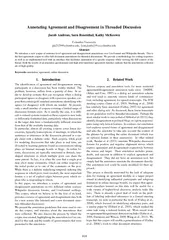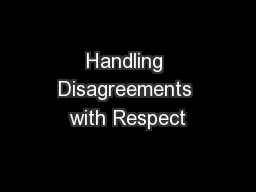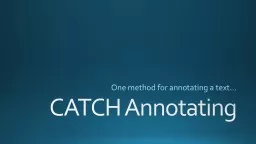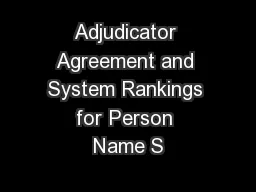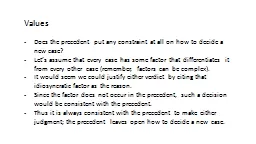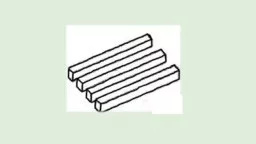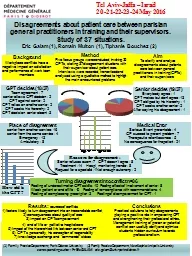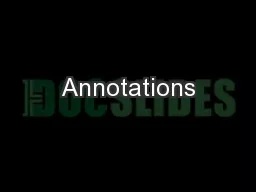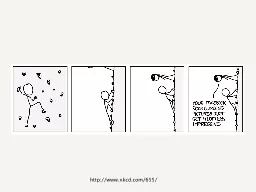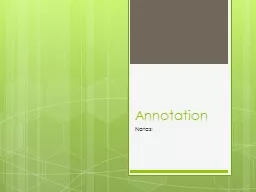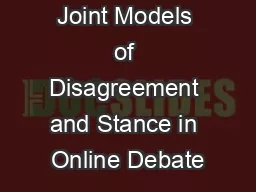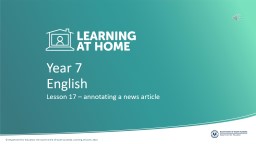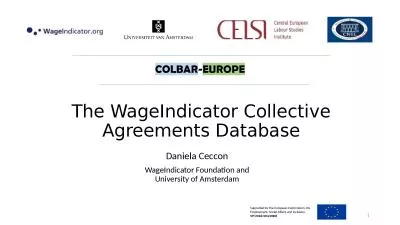PDF-Annotating Agreement and Disagreement in Threaded Disc
Author : danika-pritchard | Published Date : 2015-05-30
edu sarakathy cscolumbiaedu Abstract We introduce a new corpus of sentencelevel agreement and disagreement annotations over LiveJournal and Wikipedia threads This
Presentation Embed Code
Download Presentation
Download Presentation The PPT/PDF document "Annotating Agreement and Disagreement in..." is the property of its rightful owner. Permission is granted to download and print the materials on this website for personal, non-commercial use only, and to display it on your personal computer provided you do not modify the materials and that you retain all copyright notices contained in the materials. By downloading content from our website, you accept the terms of this agreement.
Annotating Agreement and Disagreement in Threaded Disc: Transcript
Download Rules Of Document
"Annotating Agreement and Disagreement in Threaded Disc"The content belongs to its owner. You may download and print it for personal use, without modification, and keep all copyright notices. By downloading, you agree to these terms.
Related Documents

